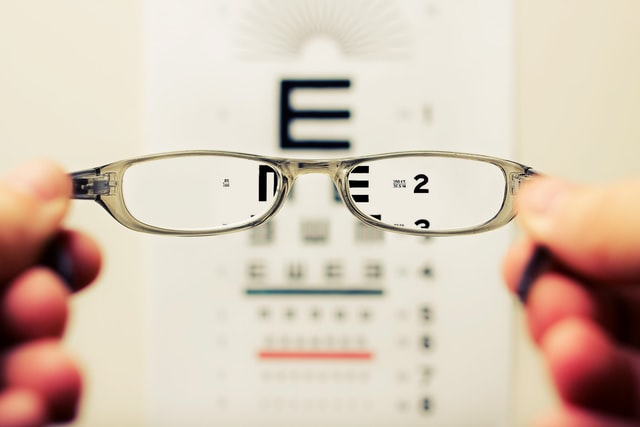Prescription glasses are an optical device that abolishes or reduces the effects of a congenital or acquired visual defect, such as hyperopia, myopia, astigmatism (awkwardness), or presbyopia. How do glasses work?
How do prescription glasses work?
The operation of prescription glasses is based on the simple principles of physics regarding lenses and the power of focusing light – the curvature of the lens is selected here so that the light passing through it focuses exactly on the retina, creating a perfect reflection of the image seen. Therefore, glasses for people with myopia, hyperopia or astigmatism will work slightly differently, although their effect in the form of correct vision will eventually be very similar.
How do monofocal glasses work?
Prescription glasses are a device that allows you to correct vision defects, enabling us to see clearly. What is their action? Let’s start with the fact that light is necessary for proper vision. Light rays entering the eye through the pupil must refract in such a way that they converge perfectly on the retina. In the case of myopia, the rays focus before the retina, while with hyperopia behind it. The task of the glasses is therefore to correct the angle of refraction, thanks to which the retina creates an image with adequate sharpness. Depending on the eye defect, the lens design differs. Glasses for short-sighted people should be concave (negative powers), and for long-sighted people convex (positive powers). Normal monofocal lenses are designed for these two vision defects. They are selected by a specialist after an eye examination.

How do astigmatism glasses work?
Astigmatism is a more complicated disadvantage than myopia and hyperopia. Occurs when the eyeball is in the wrong shape, which is most often associated with incorrect corneal curvature (less often the lens). Light rays are then not focused in one place, which with stronger astigmatism translates into the formation of a blurred image – regardless of the distance from the viewed object. Glasses for astigmatics must compensate for these inequalities, so ordinary lenses will not work in this case. You will need cylindrical glass, so called because of its shape. The special design means that the horizontal and vertical cross-section refract light differently. They have a specific cylinder power and its position (axis). Astigmatism often occurs along with other defects, so it can also have additional spherical power to correct myopia or hyperopia.
How do progressive glasses work?
Progressive glasses are intended for people with presbyopia (so-called presbyopia). This is a defect that occurs with age (usually after 40 years of age), associated with a loss of elasticity of the eye lens. Our vision then begins to have difficulty adjusting to the distance from the object. A characteristic symptom is the deterioration of near vision, which means that we must, for example, keep the text away while reading (jokingly, with time the hand becomes “too short”). One solution is to use two pairs of glasses – for reading and for distance. However, a much more convenient alternative is glasses with progressive (multifocal) lenses that simultaneously improve near, distant and indirect vision. This is possible due to the appropriate distribution of different powers on the lens surface.












